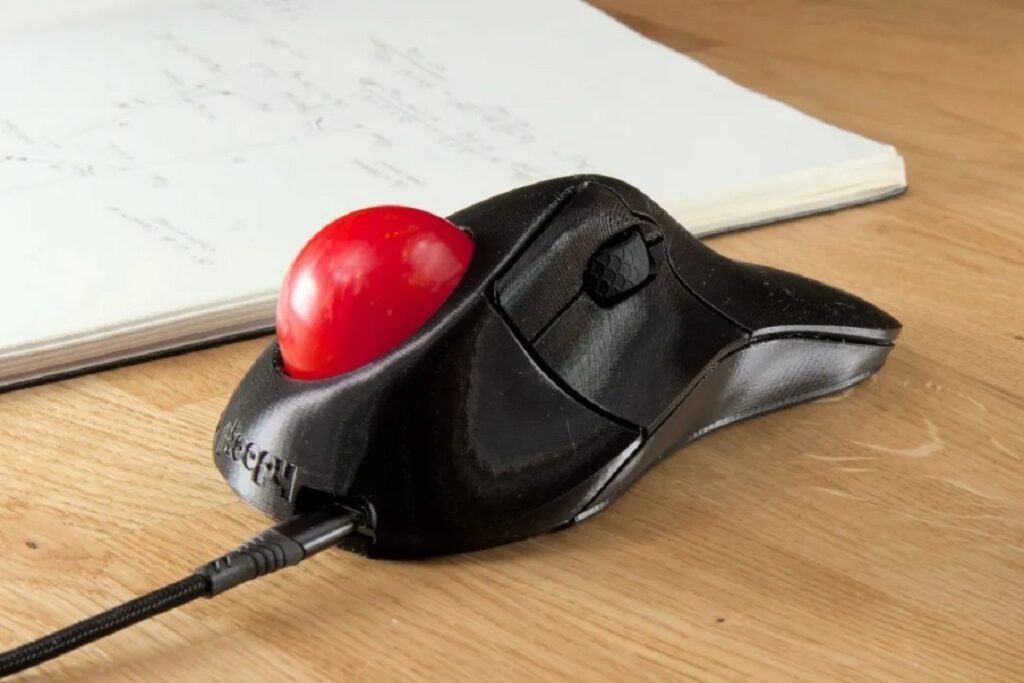Ploopy Classic 2: The Ultimate Trackball Upgrade for Open-Source Enthusiasts
Fans of open-source hardware and ergonomic peripherals now have a compelling reason to celebrate. Ploopy, the Canadian company celebrated for its dedication to DIY gadgets, has launched the Ploopy Classic 2. Released on March 27, 2025, this latest iteration builds upon the success of its predecessor while addressing key user concerns. With a blend of modern upgrades and a commitment to hacker-friendly principles, the Ploopy Classic 2 is set to redefine what users expect from an open-source trackball mouse.
Key Improvements in the Ploopy Classic 2
The standout feature of the Ploopy Classic 2 is the integration of the Raspberry Pi RP2040 microcontroller. This upgrade directly tackles scrolling lag issues that plagued the original model. According to Ploopy, the new chip processes scroll wheel algorithms up to 15 times faster, delivering smoother navigation for power users who demand efficiency. Whether browsing through large documents or coding with precision, the enhanced performance ensures seamless operation.
Another significant enhancement is the switch from USB-B to USB-C connectivity. By adopting this modern standard, Ploopy aligns the device with contemporary tech trends, offering a more streamlined plug-and-play experience. The sleeker port design eliminates the bulkiness of older cables, making it easier to connect and use.
Additionally, the housing has been redesigned to be more 3D-printer-friendly. Support structures are no longer required, simplifying the customization process for makers who enjoy personalizing their hardware. This change reflects Ploopy’s ongoing commitment to accessibility and user empowerment.
Retaining What Works
While innovation drives the Ploopy Classic 2, the core features that made the original model a favorite remain intact. The PMW-3360 optical sensor continues to deliver exceptional precision, ensuring accurate tracking for both casual users and professionals. Similarly, the durable D2LS-21 switches provide reliable performance, even under heavy use.
Ploopy also retains its open-source firmware via QMK, enabling users to flash and modify the device without proprietary restrictions. This flexibility ensures the Classic 2 remains a versatile tool for customization and experimentation.
Pricing and Options
The Ploopy Classic 2 caters to a range of preferences and skill levels. For DIY enthusiasts, the kit version starts at approximately $101. While assembly requires basic soldering skills, the hands-on experience appeals to those who enjoy building their own devices. Alternatively, users who prefer convenience can opt for the pre-assembled model, priced at $147.
Unfortunately, due to significant PCB redesigns, existing Ploopy Classic owners cannot upgrade their units and will need to purchase the new version outright. While this may disappoint some loyal customers, the advancements justify the investment for those seeking improved functionality.
The Open-Source Advantage
Ploopy’s unwavering commitment to open-source hardware distinguishes it in a market dominated by closed ecosystems. All design files, including schematics and 3D models, are freely available on GitHub. This transparency empowers users to tweak, repair, or even remix the device to suit their needs. As Andrew Liszewski, senior reporter at The Verge, noted, the Classic 2 represents a rare gem for tinkerers and advocates of sustainable, repairable technology.
By fostering a community-driven approach, Ploopy not only supports innovation but also promotes sustainability. Users can extend the lifespan of their devices by repairing or upgrading components, reducing electronic waste—a growing concern in today’s tech landscape.
Final Verdict
The Ploopy Classic 2 stands as a thoughtful evolution of an already impressive peripheral. With faster scrolling, USB-C compatibility, and a design optimized for makers, it demonstrates Ploopy’s responsiveness to user feedback. Whether you’re a hardware enthusiast eager to experiment or someone who values sustainable, modifiable gadgets, the Classic 2 is a standout choice.
For those interested in exploring further, Ploopy’s official blog provides detailed insights into the development process, while the GitHub repository offers endless opportunities for customization.
In a world where proprietary designs often limit user freedom, the Ploopy Classic 2 shines as a beacon of innovation and accessibility. It’s not just a trackball—it’s a testament to the power of open-source collaboration.


